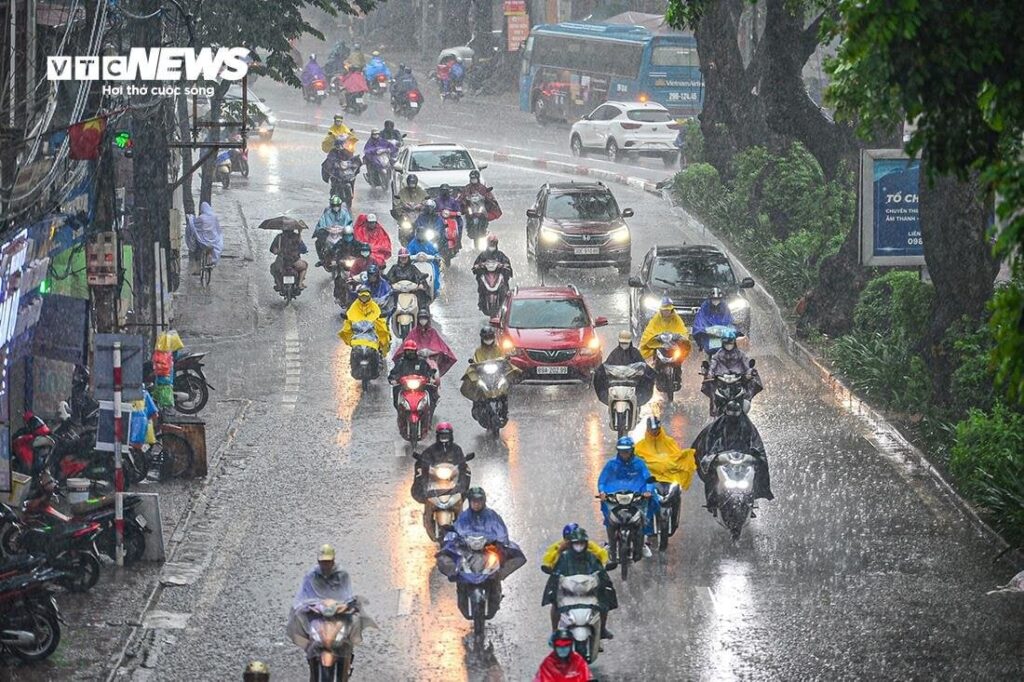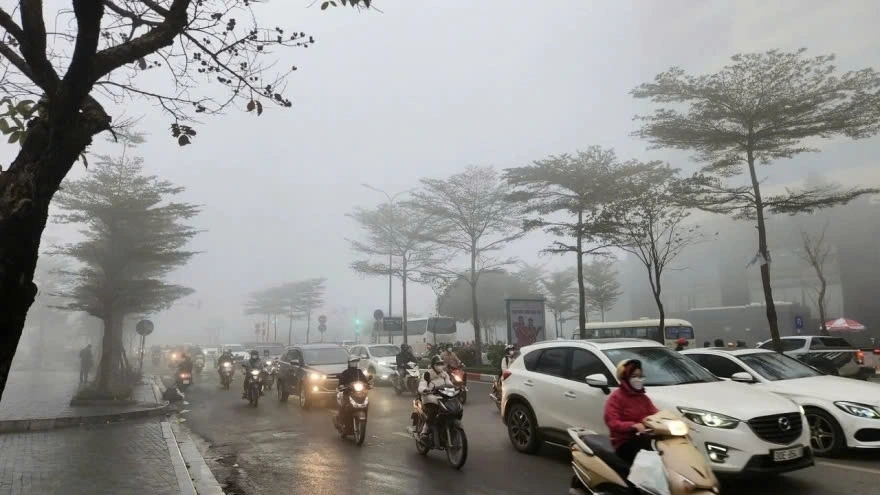Cambridge and Edexcel English Light the Way
Elevate Your Voice: Builds Power, Precision, and Perspective
Written by bunPeiris.


Excel in English Language with bunPeiris of Moratuwa: enjoy Cambridge English Language O Level (1123) and AS/A Level (9093), or the equally distinguished Edexcel and AQA English Language syllabi. All these programmes offer exceptional depth and challenge. I have a deep admiration for Cambridge O Level 1123 and AS/A Level 9093—they are truly outstanding. Studying English through Cambridge O Level 1123 and AS/A Level 9093 equips students with superior linguistic competence in comparison to the following:
[a] Cambridge International Education
English Language and Literature [AS only] [8695]
English General Paper [AS only]
[b] Cambridge Language Assessment
C1 Advanced, formerly known as Cambridge English: Advanced (CAE)
and C2 Proficiency, formerly known as Cambridge English: Proficiency (CPE)
Cambridge O Level 1123 builds foundational skills: decoding language features, crafting descriptions, and inferring [deriving meaning, arriving at your conclusions based on the evidence from the text and your reasoning]. These basics are vital, but the A Level elevates learning by demanding critical analysis of socio-cultural contexts, sophisticated argumentation, and stylistic deconstruction. Together, they foster holistic literacy—from identifying a metaphor’s charm to dissecting its ideological power. In a globalized world, such dual proficiency empowers students to articulate nuanced [characterized by subtle shades of meaning or expression] perspectives, engage with diverse texts, and persuade audiences intelligently. Without this progression, learners risk superficial understanding; with it, they gain tools for academic, professional, and personal success.
If you have failed to comprehend the above explanation in its entirety, you may read the following explanation written in simplified form.
Cambridge O Level 1123 helps you build important English skills like understanding how language is used, writing clear descriptions, and making meaning from clues in the text. These are the basics. At A Level, you go further by thinking more deeply about the writer’s world, building strong arguments, and closely studying how writing is put together.
Together, O Level and A Level help you become a confident reader and writer. You learn not just to enjoy a metaphor, but also to understand the bigger message behind it. In today’s global world, these skills help you share your ideas clearly, understand different points of view, and speak or write in a smart and thoughtful way. Without this step-by-step learning, your understanding may stay shallow. But with it, you gain powerful skills that help you succeed in school, work, and life.
The Cambridge O Level English Language (1123) syllabus is streamlined into the Cambridge AS & A Level English Language (9093) syllabus, focusing on the progression of skills and concepts such as language, form, and structure; inferential comprehension; language features and their effects on the reader; writing commentary on language and style of texts; thematic exploration; narrative, argumentative and descriptive writing.
Streamlining Cambridge O Level 1123 into AS & A Level 9093
1. Foundation in 1123: Cambridge O Level English Language
Cambridge O Level 1123 equips learners with the fundamentals of English language use. The core components are:
Reading for explicit and implicit meaning
Recognizing language devices and their basic effects
Directed writing using stimulus texts
Composition writing: narrative, descriptive, or argumentative
Grammar and vocabulary accuracy
This syllabus lays the groundwork for deeper analytical and stylistic engagement with texts required at the AS & A Level.
2. Transition to 9093: Cambridge AS & A Level English Language
A. Analytical Skills: Language, Form, and StructureIn Cambridge OL English Language 1123:
Students identify vocabulary choices and sentence forms at a basic level.
In Cambridge AS & A 9093:
Students analyse how form, structure, and language interact to create meaning.
They study lexical fields, syntactic patterns, register, voice, and textual cohesion.
Learners are required to contextualize linguistic features—explaining not just what a device is, but how it positions the reader and serves the writer’s purpose.
The Cambridge O Level English Language 1123 and the Cambridge International AS & A Level English Language 9093 are structured progressively, with the O Level (1123) laying the foundation in understanding and applying language form and structure, while the A Level (9093) develops these skills into critical analysis, evaluative commentary, and discursive argumentation, focusing deeply on how language choices affect the reader.
Here’s how the two syllabi are streamlined in terms of language form and structure and their effect on the reader, supported by sample exam-style questions and answers:
1. Core Focus: Language Form and Structure
O Level 1123 focuses on:
Clear communication
Awareness of audience, purpose, tone
Basic stylistic awareness (figurative language, sentence structure, paragraphing)
A Level 9093 moves to:
Analytical deconstruction of texts
Language levels (lexis, syntax, graphology, discourse)
Stylistic and rhetorical techniques
Purposeful and critical evaluation of how language affects readers
[2] Sample Comparison by Skill
Skill: Identifying and Commenting on Language Features
O Level 1123 (Paper 1, Directed Writing)
Sample Question:
You have read an article arguing that students should not use mobile phones in school. Write a letter to the editor, giving your views, using appropriate language and structure.
Model Answer Focus:
Persuasive tone: eg. formal but impassioned)
Use of rhetorical questions: eg. “Can we truly expect students to learn without the tools of their generation?”
Use of parallel structure for emphasis: eg. “We use phones to research, to revise, to reconnect.”
Language Form and Structure Used: Simple and compound sentences, rhetorical devices, paragraph structure with topic sentences.
Effect on Reader: Builds persuasive force, appeals to reason and emotion, reinforces argument structure.
A Level 9093 (Paper 2, Language Analysis)
Sample Question:
Analyse the following extract from a newspaper editorial discussing the banning of mobile phones in schools. Comment on how language is used to influence the reader’s opinion.
Editorial Extract:
It is no longer acceptable for our children to be isolated in a classroom simply because they carry the technology of their time. Banning mobile phones is not a solution—it is a punishment disguised as progress. What does it teach them? That innovation is a threat? That communication must be silenced?
We need policies that educate, not exclude.
We want classrooms that embrace the tools of the 21st century, not shun them.
We demand an end to these outdated, fear-driven reactions that belong to another era.
Mobile phones, when used responsibly, can be portals to learning, creativity, and global awareness. To treat them as the enemy is to undermine both students and teachers. We are not asking for chaos—we are calling for clarity, for collaboration, for a curriculum that reflects the real world.
Model Answer Excerpt:
“The use of emotionally charged lexis such as ‘isolated,’ ‘punished,’ and ‘outdated’ creates a sense of injustice. Anaphora—‘We need… We want… We demand…’ generate a persuasive rhythm, unifying the reader with the writer’s stance.”
A Level 9093 (Paper 2, Language Analysis) [Past Paper: Cambridge AS 9093, October/November 2014]
1. [a] Comment on how language and style are used to convey the impact of the weather and people’s reactions to it in the following text titled “Extreme Weather in Vietnam”. [15 marks]
1. [b] The writer produces another account of extreme weather (real or imaginary) in a different part of the world. Write a section of this account (between 120-150 words). Base your answer closely on the style and features of the original extract. [10 marks]
Extreme Weather in Vietnam
Mornings in Vietnam in the rainy season: I must remember to push the mattress up on its side when I get up, whose Mornings in Vietnam in the rainy season: I must remember to push the mattress upon its side when I get up, before doing anything else. If not, it becomes heavier and heavier with moisture, the pungent stink of mildew1 pinching my nose at night.
In the rainy season, everything I do is a strategy for coping with the damp chill and the water. I didn’t grow up here. The water infiltrates my consciousness. I learn to accept it, like the others around me, to see it as a minor disruption.
In the rainy season, I must remember to keep my showers to a few minutes, no matter how good it feels to have the water pounding my back, soothing away the chill. The water slowly seeps through the cement between the shower stall and bedroom, impregnates the wall, a sheen of tiny droplets over my bed. Another thing to remember: never leave the pillows propped up against the wall.
In the rainy season, I mustn’t boil water for tea or cook anything that produces too much steam, adding to the weight of moisture hanging in the air. The excess humidity settles: a visible mist upon the clothes hanging in my closet, turning them into a new life form, furry and spotted. Every surface a wick for moisture.
In the rainy season, I am thankful that my home is in this neighbourhood, this alley, so much higher than the main road. While the rich sleep in their attics, or on their roofs, the swirling, muddy water laps at my door sill, but doesn’t enter. I grab my umbrella and head out for breakfast. I push open the waterlogged left panel of my carved wooden door. My umbrella mushrooms out with a snap and a dull whomp, displacing water-filled air. Rain sheets down from our red tiled roof.
My nephew, radiant in his purple rain poncho, a canary yellow motorcycle helmet pushed down over the hood, stands under the eaves, rain rat a tat -tatting down from the roof onto the helmet. A duet with the drumming rain on my umbrella. Pausing a moment in the ankle-deep water, we listen to the call-and-response rhythm we make together. He laughs a great belly-laugh and roars off on his motorbike, the water a tall rooster-tail behind him.
Looking at the world from under my rose-coloured umbrella, I wade down the alley with its gold walls, under grey skies and green leaves. The lane falls to meet the road. The water rises to my knees, threatens my jeans, rolled up thigh-high. Each step an eternity, pushing against the flow, my toes seeking the edge of the sidewalk.
Stepping out into the main road triggers a memory from the year before: this corner is where the pavement dips into a pothole, where I twisted an ankle under the murky water. I can’t see my feet, or even my knees. The Perfume River, not knowing its boundaries, or refusing to have any, overflows the banks, invades the road, and climbs the steps of shops and homes.
In the rainy season, instead of my usual coffee and soup on the bank of the river, I head for the very back of a restaurant I never set foot in during good weather. The tables near the front are prone to the fine mist that kicks up from the waterskimmed entrance, pummelled by the onslaught of rain. I’m lucky to find an empty seat. Waiting for breakfast, I watch the river swelling over the road, up the three steps, and into the crowded restaurant. Inhaling the aroma of bitter coffee, I watch boys swimming and casting their fishing lines, shouting and laughing in the river that used to be the road. A group of teens cycles past, four abreast, wearing purple and pink ponchos. Laughing, pushing at the pedals, they move in slow motion, tires submerged. One of them struggles but cannot avoid a branch drifting into his path.
Across from the restaurant, several tourists raise their cameras to snap souvenirs of a small girl hugging her wiry dog on the roof of her home. Down the road the water is higher; another dog stands on the hood of a taxi, barking at the water as it rises, lapping over the hood. Awaiting my food, I peer through the breakfast bustle to watch the tourists point their cameras at the rising river and the falling rain. They laugh and curse and squeal as the water soaks their pant legs, rolled up to their crotches, giving them a bowlegged gait 2 as they enter the restaurant in squelching shoes.
After breakfast, I venture out of the shelter of the restaurant and back into the flood, the chill soaking into my bones. Bits of flotsam—a plastic water bottle, a piece of someone’s front door—bob against me as I struggle against the current until I reach my alley. I wonder if this is the year the water will rise up my walls.
A modal answer: commentary on language and style [incomplete]
The passage paints a vivid and immersive picture of life during the rainy season in Vietnam, using a variety of language features, rhetorical devices, and language devices. These stylistic elements not only convey the harshness of the weather but also engage the reader on an emotional and sensory level, successfully persuading them of the extreme and overwhelming nature of the weather in this region. The tone, genre, audience, and purpose of the piece play a crucial role in shaping how these techniques function.
The tone of the passage is reflective and intimate, with the writer sharing personal experiences of enduring the rainy season. The genre is descriptive narrative, giving a detailed, sensory-driven account of daily life during a period of extreme weather. The audience is general readers who may not be familiar with the specific challenges faced in Vietnam’s rainy season, but who can relate to the universal experience of coping with difficult weather. The purpose is to immerse the reader in this environment, building empathy while conveying how extreme and intrusive ………
The writer uses repetition, a language feature, to mirror the repetitive nature of daily routines during the rainy season. This repeated structure – “In the rainy season, I must remember…” – reflects the narrator’s ongoing battle with the ever-present dampness, making the reader feel the relentlessness of the environment. This repetitive phrasing creates a sense of monotony and weariness, suggesting that the weather’s effects are unyielding. …..
The use of onomatopoeia further mirrors …………………………………………………………………………………………………
The writer’s use of juxtaposition also plays a key role ……………………………………………………………………………….
The writer’s use of symbolism further deepens ……………………………………………………………………………………..
The use of first-person narration draws the reader closer to the narrator’s personal experience. Through the narrator’s eyes……………………………………………………………………………………………………………………………..
In conclusion, the writer effectively uses a variety of language features, rhetorical devices, and language devices to persuade the reader of the extremity of the weather in Vietnam during the rainy season. ………
For the complete modal answer and other questions and modal answers, please send a WhatsApp message to 0777100060 or email to bunpeiris@gmail.com


